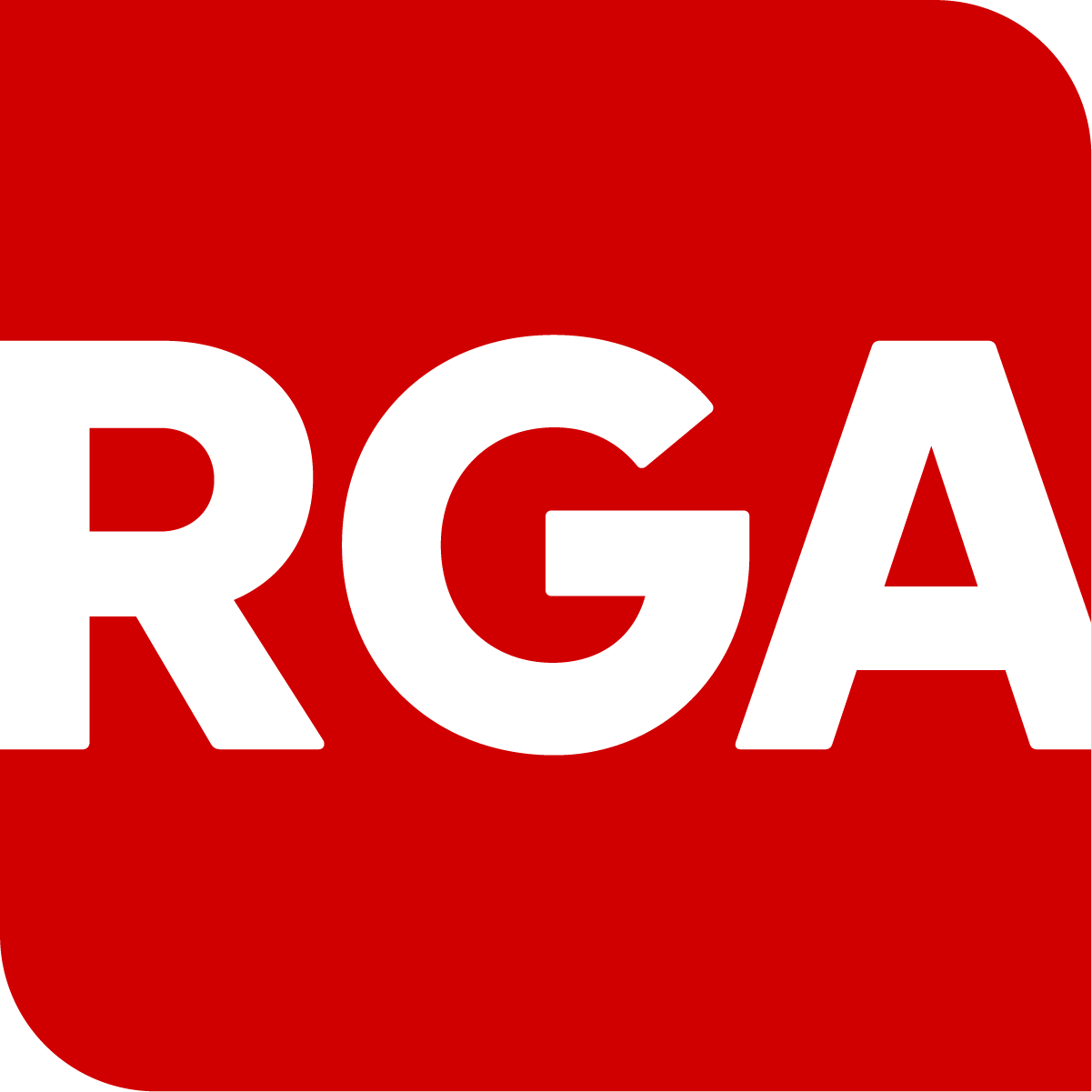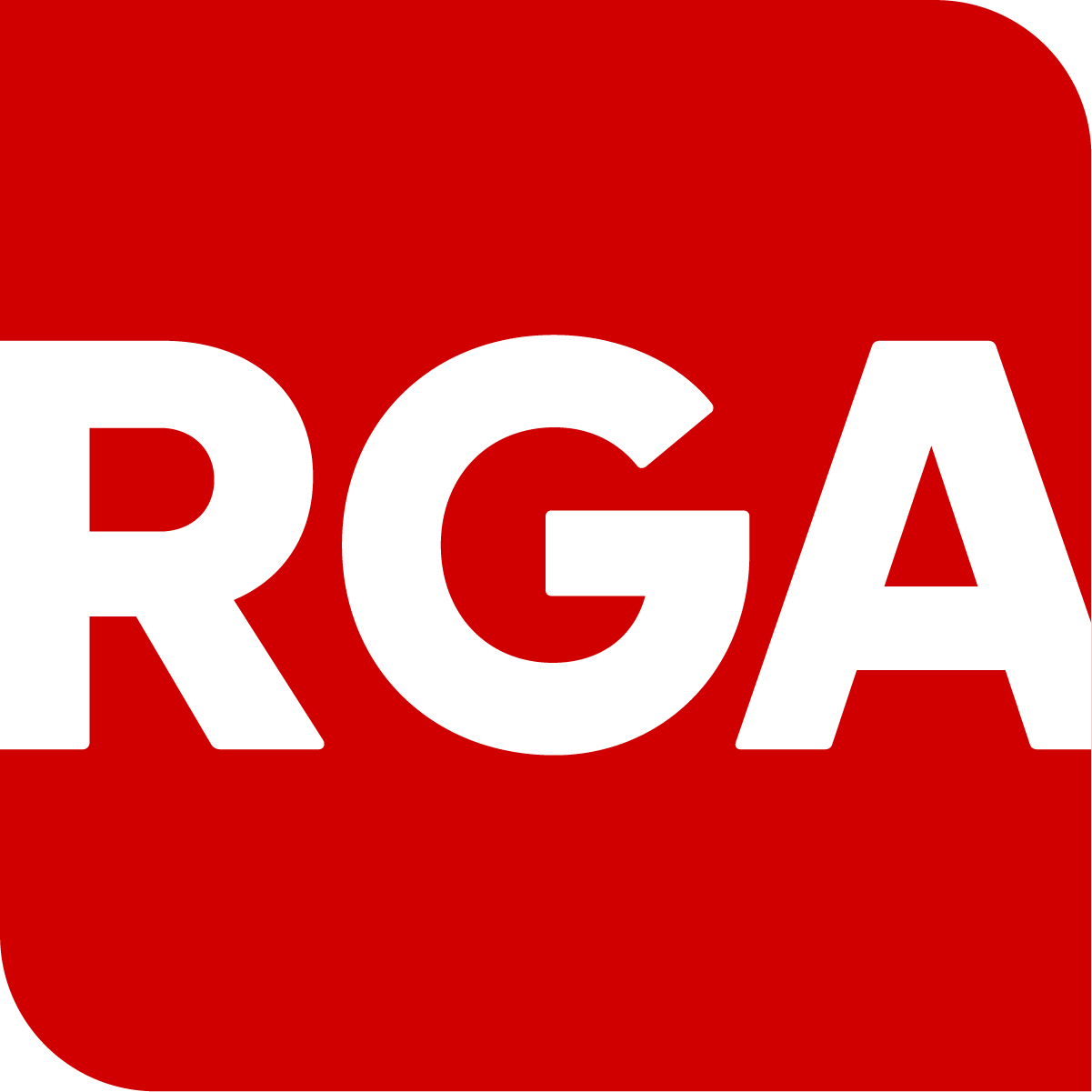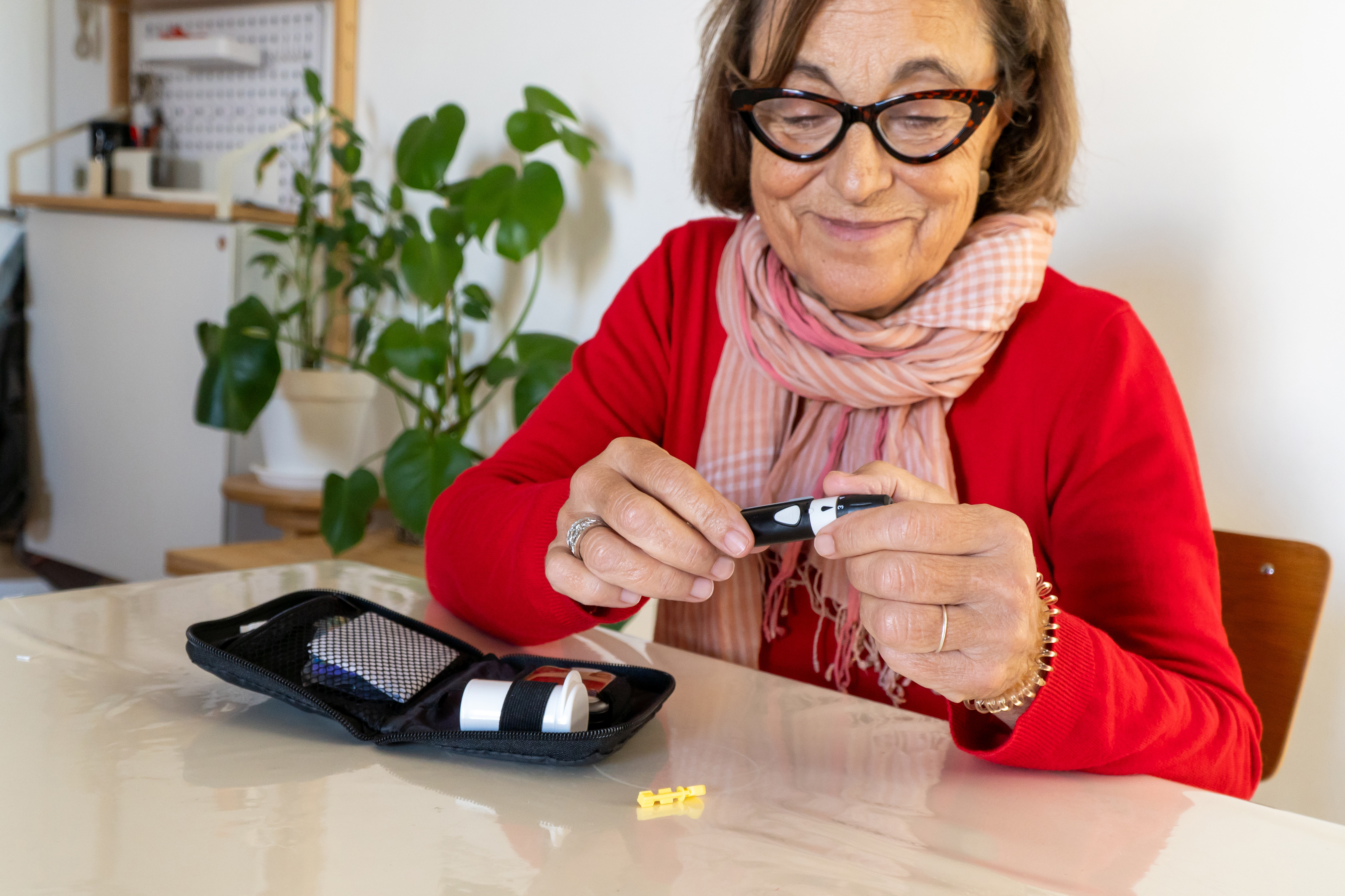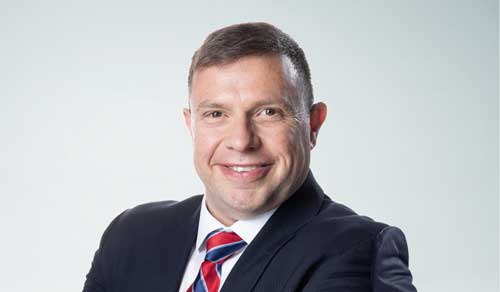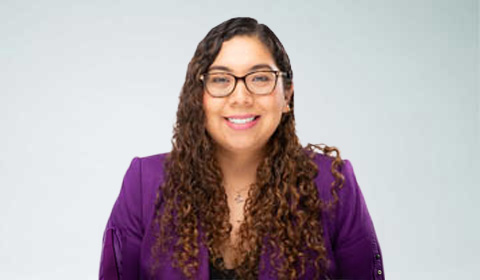Lesson 1: Match the message to the market
In the mid-1990s, Andy Rachleff, co-founder of Benchmark Capital, coined the term “product-market fit.” It formalized a concept understood in marketing circles long before Rachleff named it. The term is used to describe the degree to which a product satisfies a strong market demand.
RGA learned through the Amae launch that this term should be flipped to “market-product fit,” with the market dictating the product and the story used to sell it.
As initially released, Amae and the story behind it did not quite fit the middle-class Mexican market RGA had targeted. Members of this target audience typically perceive insurance as a product only for people of higher socioeconomic status. Although Amae provides much more than diabetes insurance, the target consumers still thought Amae was not for them.
The message needed to be refined. The product needed to be sold with a story the target market could relate to. The key lesson? Start with an intense focus on the target market and develop a simple story around the products that flow from that understanding to solve their pain points.
Lesson 2: Match the distribution channel to the market
RGA also learned that even the “right” product with a great story can hit obstacles.
The initial plan for Amae was digital distribution only. Digital adoption for healthcare decisions in Latin America is far below the global average. Just more than a quarter of those surveyed in Mexico said digital channels are their primary source for prevention and healthcare information.3 In the Latin American market, brokers and agents remain the stars of the insurance industry, representing the source of roughly 95% of gross written premiums (GWP) in the region.4
As Amae struggled to find a foothold, RGA created a call center to facilitate signups. Consumers told call center agents they were not comfortable providing even basic information via the platform – information freely given via digital channels in other markets.
Recognizing that, RGA is pivoting Amae to a hybrid product with digital elements alongside personal agent interactions. The strategy seeks to use one-on-one interactions to provide the traditional support necessary to complement Amae’s digital innovation.
Lesson 3: When you get leads, act fast
The first step of the Amae rollout was to build awareness through a social media campaign that drove people to a Facebook page. The goal was to identify leads for the product. People flocked to the page and found a community, with more than 140,000 Facebook followers assembled in just 10 months.
RGA learned to pounce on leads while they are hot. Building community on Facebook worked well, but days-long delays in reaching out to those who raised their hands to say “I’m interested” resulted in missed opportunities.
As the American Medical Association’s Chief Experience Officer Todd Unger explains in his book The 10-Second Customer Journey, there is precious little time in the digital age – indeed, 10 seconds or less – to capture a customer’s attention and guide them to a purchase decision.5
Learning from obstacles: Applying the lessons
RGA learned valuable lessons through Amae that are already spurring product innovations throughout the Latin American market.
Digital transformation through Amae
RGA’s insurer partner for Amae so readily embraced the ecosystem that RGA and its digital partners created to support the launch that they have used the technology as the backbone for their own digital transformation, transferring large parts of their portfolio of business over to the platform.
The biggest hindrance to digital insurance product development in Mexico and the region is the lack of sophisticated digital ecosystems. The technology behind Amae is helping solve that and will play a role in creating future growth.
Inspiring new products
Amae also helped RGA understand the type of products that currently fit the Latin American market: Insurance offerings in the region right now need to be simpler and easily explainable.
Enter Tangible. This new wellness product being co-developed by RGA and its partners is a simple offering that rewards users for the steps they take to maintain and improve their health. While this might be considered rudimentary in other markets, in the Latin American region it is a first-of-its-kind effort to tie incentives to basic wellness activities – with the added benefit of gathering data that will eventually empower insurers to more accurately price products.
Conclusion: Struggles can turn into successes
Remember the Apple Newton? That product was a first-of-its-kind personal digital assistant (PDA) that lost the company billions of dollars when it failed to deliver what the market wanted.
But to call the Newton a failure is historically short sighted. The Newton served as the template for Apple’s revolutionary iPad. Many of the Newton’s features, including touch screens and handwriting-to-text capabilities, exist today not only in the iPad but also in the globally popular iPhone.
That is how RGA views its experience with Amae. The lessons learned are transforming how Amae is offered to the market, informing how RGA develops and introduces new products in Latin America, and advancing Mexico’s ongoing digital transformation.
Learn more about RGA’s Latin American team and explore how to best introduce new products and grow existing offerings in the region. Start your journey today.
